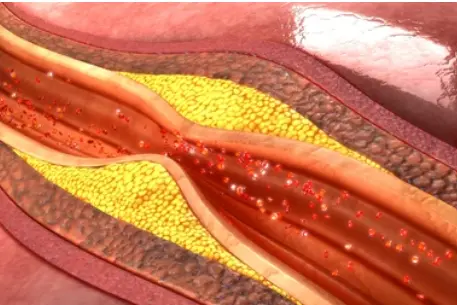 Welcome
Welcome
“May all be happy, may all be healed, may all be at peace and may no one ever suffer."
Varicella-zoster (chickenpox) - Generics
Varicella-zoster virus (VZV) is the virus that causes chickenpox, a highly contagious viral infection that is common in children. The virus is transmitted through the air by coughing or sneezing, or by direct contact with the fluid from the blisters that develop on the skin during the illness.
Symptoms of chickenpox typically include a fever, headache, and a red, itchy rash that develops into fluid-filled blisters. The rash usually begins on the chest, back, and face, and then spreads to the rest of the body. The blisters can be very itchy and uncomfortable, and can last for up to two weeks. In some cases, chickenpox can lead to more serious complications, such as bacterial infections, pneumonia, or inflammation of the brain.
Most cases of chickenpox can be managed at home with rest, fluids, and over-the-counter medications to relieve itching and fever. However, antiviral medications may be prescribed for people who are at high risk of complications, such as adults, pregnant women, or people with weakened immune systems.
A vaccine for chickenpox is also available and is routinely recommended for children. The vaccine is highly effective at preventing the illness or reducing the severity of symptoms if infection does occur.
After a person has had chickenpox, the virus remains dormant in the nervous system and can reactivate later in life, causing a painful condition called shingles. Shingles can be prevented or treated with antiviral medications, and a vaccine is available for people over the age of 50 to reduce the risk of developing the condition.

Cerebrovascular insuffici...

Post-operative pain

Miscarriage

Erysipelas

Menstrual disorders

Epidural anesthesia

Regional anaesthesia

Glaucoma surgery
Varicella-zoster, Chickenpox, রিসেলা-জস্টার, চিকেনপক্স
To be happy, beautiful, healthy, wealthy, hale and long-lived stay with DM3S.